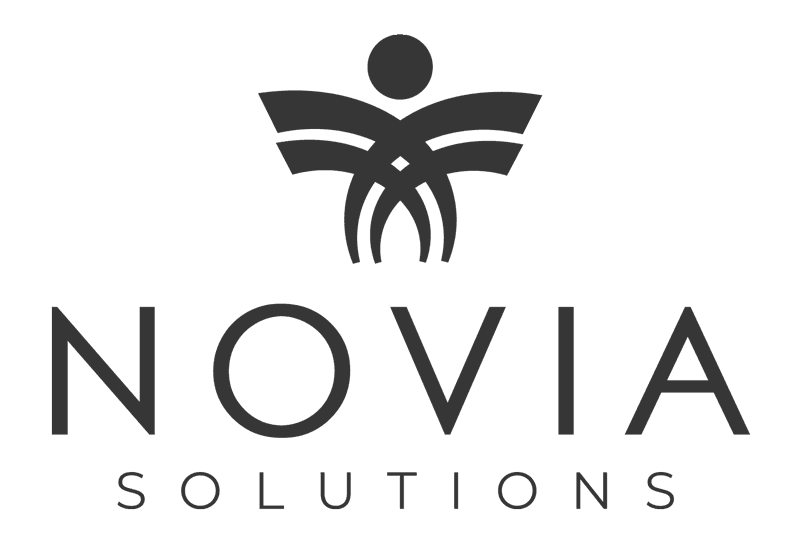Key takeaways:
- A recent study found that the national average turnover rate for bedside RN’s was 16.8% in 2017.
- The determinants of job satisfaction change throughout a nurse’s career.
- Different approaches to career progression based on tenure vs. accomplishments can help keep nurses at the bedside1.
The Desperate Case for Nurse Retention Efforts
For at least the past decade, nursing shortages and the sky-high turnover rates of bedside nurses have posed significant problems to nurse leaders. It is no secret that nurse attrition can impact everything from quality of care and team morale to the department’s net operating budget, seeing as staff nurses are generally the single largest line item on there. To better understand exactly how much attrition rates can affect hospital performance, here are some recent statistics on the current state of nurse staffing from a recent Health Leaders report:
- According to a recent 10-year study by RN works, the study found that “17% of newly licensed RNs leave their first nursing job within the first year, 33% leave within two years, and 60% leave within eight years”.
- NSI reported that the national turnover rate for bedside RN’s was 16.8% in 2017.
- Press Ganey’s 2017 survey of 250,000 RN’s found that almost 21% of nurses planned to leave their positions within a year (including those retiring).
- When asked about their 3-year plan, 26% said they planned to pursue other options ranging from position changes to retirement.
- The average cost of turnover for a bedside RN is estimated between $38,000-$61,000.
- Per hospital, it is estimated that these costs range between $4.4 -$7 million annually1.
Once you attract new talent, how can you help make them want to stay for the long-run?
The importance of organizational culture on employee performance cannot be overstated.
Cultures are really a reflection of an organization’s belief systems which ultimately drives employee behavior. Being solely results driven can create pressure from top leadership down to front-line nurses which can in turn negatively impact patient interactions or quality of care. Instead, one way to improve performance without sacrificing nurse satisfaction or hospital culture is by creating a culture of professional growth.
Ways in which a culture of growth can improve organizational performance:
- Creates clear expectations. By providing an open, transparent environment where there is clarity of expectations, individuals have the ability to meet outcomes using their personal expertise and capabilities.
- Promotes self-actualization. Clinicians are more likely to be confident in their own decision making in a hospital environment where employees help each other, respect each other, and can use their own expertise to creatively meet patient outcomes expected in their area. This in turn allows them to provide higher quality care and promotes professional satisfaction.
- Encourages professional fulfillment. Clinicians generally choose careers in healthcare because they want to make a difference in people’s lives. By encouraging a culture of professional development, employees are more likely to grow their skillsets and clinical knowledge in a way that enables them to feel good about the decisions they make and achieve professional fulfillment. Similarly, professional fulfillment can in turn feed compassion satisfaction, the opposite of compassion fatigue which is often a leading factor in nurse burnout.
So what steps can you take to foster a culture of professional growth?
- Know your employee’s goals and help them get there. Great leaders are those that help their own teams develop professionally to their fullest potential. In turn, teams will feel supported and are more likely to go the extra mile for both leadership and each other.
- Promote collaboration so that teams feel like they can rely on each other as a resource. Not only are hospital environments that encourage collaboration less likely to suffer from nurse bullying, but it will create an atmosphere where nurses encourage each other to grow and learn from each other in a way that allows them to function as informal mentors for each other.
- Mentorships offer great opportunities for professional development for the individual while also creating value for both themselves, their mentor and the organization overall.
- Provide stretch assignments for those interested on taking on additional responsibilities. Stretch assignments can be another great way for employees to step outside of their comfort zone and grow their skillsets and clinical knowledge beyond the duties of their roles.
- Continued education helps ensure your teams are current on clinical standards and practices. Additionally, tuition reimbursement programs can help motivate clinicians to go back to school which ultimately benefits the organization in the long-run.
- Well-run float pools can be a great way for nurse leaders to energize their teams and minimize burnout. They can also be a great way to help nurses build their skillsets through cross-departmental training which in turn promotes quality patient care and professional development.
Do you approach career progression based on tenure or accomplishments?
Depending on the organization, hospitals can approach career progression differently. Traditionally, career development has traditionally been based on tenure which is something that has been common across industries. However, many hospitals have begun to use an accomplishment approach when establishing a career ladder for their bedside nurses. Below is one example of a 3-level clinical ladder:
- Level 1: Entry-level RN
- Level 2: An RN who practices independently and can function as a charge nurse or preceptor to new RNs or students
- Level 3: An RN who demonstrates high-level proficiency that is aligned with the organization’s professional practice model
To achieve level 3 status, an RN must:
- Have a BSN degree and professional certification if eligible
- Submit a letter of recommendation
- Provide an exemplar of his or her holistic nursing practice
- Submit a portfolio highlighting his or her professional development and activities1
Follow us on LinkedIn for related articles. To learn more about our Hot Jobs, visit our website.
For additional blogs you might be interested in:
- Job Shadowing- How To Ensure Your Career Growth Doesn’t Get Left In The Dark
- Nurse Engagement Part 1: What It Means For Your Organization
- Effective Leadership Strategies To Reduce Staff Bullying And Burnout
Sources:
Thew, J. (March 27th, 2019) Want To Keep Nurses At The Bedside? Here’s How
2Horton-Deutsh, S. (May 2nd, 2018) 2018 Best And Worst States For Nurses


